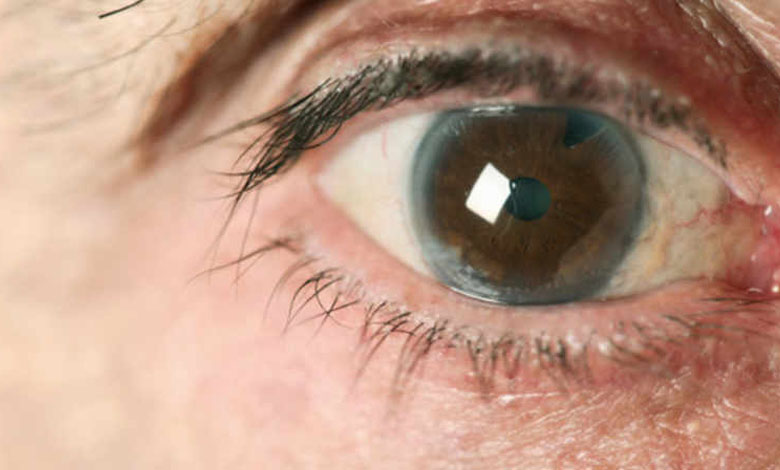Understanding Eye Diseases: Types, Symptoms and Prevention

Eye diseases refer to a wide range of conditions that can affect the eyes, including both minor and severe issues. Some of the most common eye diseases include cataracts, glaucoma, age-related macular degeneration (AMD), diabetic retinopathy, and dry eye syndrome.
Cataracts are a clouding of the eye’s natural lens, which can cause vision loss or blindness. They are most commonly caused by aging, but can also be caused by injury, certain medications, or disease. Cataracts can be treated with surgery, during which the cloudy lens is replaced with an artificial one.
Glaucoma is another common eye disease that is characterized by damage to the optic nerve, which can lead to vision loss and blindness. It is typically caused by high pressure within the eye, but can also be caused by other factors such as injury or disease. There are several different types of glaucoma, including open-angle and angle-closure. Treatment options for glaucoma include medications, laser therapy, and surgery.
AMD is a degenerative condition that affects the macula, the part of the eye responsible for central vision. It is most commonly found in older adults and can cause vision loss or blindness. There is no cure for AMD, but treatment options include dietary changes, medications, and laser therapy.
Diabetic retinopathy is a complication of diabetes that affects the blood vessels in the retina, leading to vision loss and blindness. People with diabetes are at a higher risk of developing diabetic retinopathy, and it is important for them to have regular eye exams to detect and treat this condition as early as possible. Treatment options include laser therapy, surgery, and medications.
Dry eye syndrome is a common condition characterized by a lack of sufficient tears to moisturize the eyes. It can cause discomfort, redness, and vision problems. Dry eye syndrome can be caused by a variety of factors, including aging, certain medical conditions, and certain medications. Treatment options include artificial tears, medications, and lifestyle changes.
In addition to these common eye diseases, there are also several rare and inherited eye diseases, such as retinitis pigmentosa and Stargardt disease, which are caused by genetic mutations. These conditions often result in vision loss and blindness, but there are some treatments and therapies available to slow the progression of the disease.
Preventive measures such as regular eye exams, healthy diet and lifestyle, and avoiding smoking can help prevent or delay the onset of many eye diseases. It is also essential for people who are at a higher risk of developing certain eye diseases, such as those with diabetes, to have regular eye exams to detect and treat any issues as early as possible.
In conclusion, eye diseases can range from minor to severe, and can have a significant impact on a person’s quality of life. Early detection and treatment are crucial in preventing vision loss and blindness. It is important to be aware of the risk factors and symptoms of common eye diseases, and to have regular eye exams to detect and treat any issues as early as possible. By taking care of our eyes, we can maintain good vision and enjoy the beauty of the world around us.












